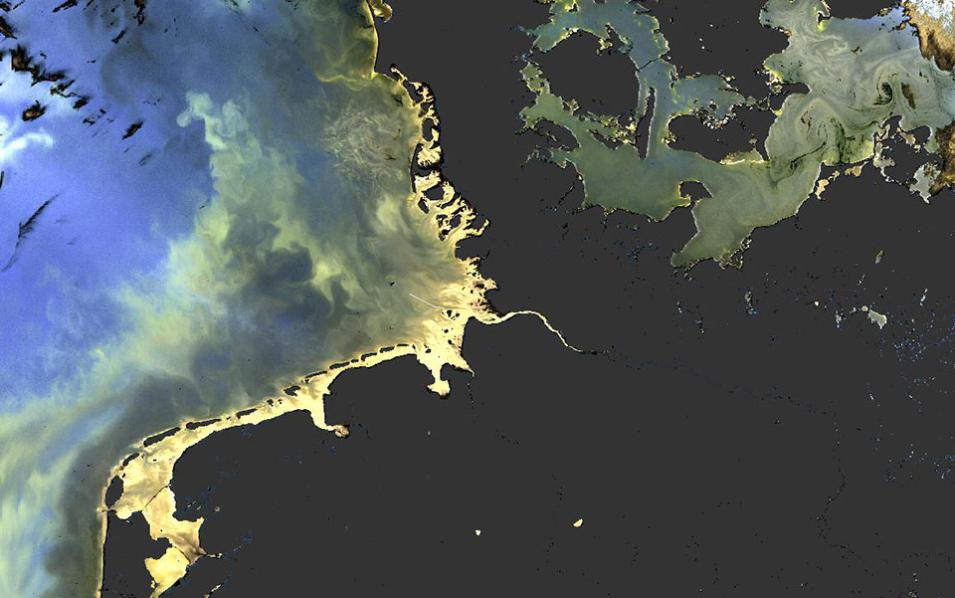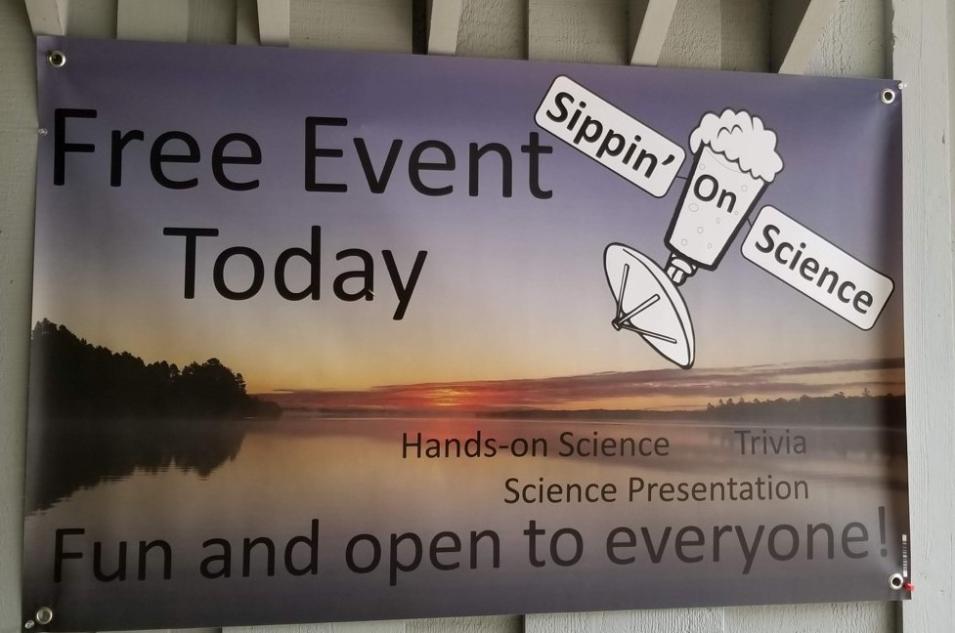Dr. Bridget Seegers, Scientist (Oceanographer with the Universities Space Research Association [USRA]), Ocean Ecology Laboratory, NASA's Goddard Space Flight Center
Research interests: Using remotely-sensed satellite data for assessing water quality and harmful algal blooms (HABs) in fresh and salt water.
Research highlights: Dr. Bridget Seegers is searching for a killer. While the killer can’t be seen with the naked eye, it leaves a trail of death and illness that can easily be tracked; it can run, but it can’t hide from the ever-watchful instruments aboard Earth observing satellites. The killer Seegers seeks is cyanobacteria.
Cyanobacteria are microscopic single-celled organisms that live in lakes, streams, oceans, damp soil, and other wet environments. They are photosynthetic, meaning that they are able to use sunlight to produce energy and food. During this process, they release oxygen into the atmosphere. In fact, Earth as we know it today is partly courtesy of the massive amounts of atmospheric oxygen produced by cyanobacteria starting about 3.5 billion years ago (based on the fossil record).
Given the right conditions of water, sunlight, and nutrients, cyanobacteria can multiply rapidly and form extensive “blooms.” These blooms can turn water surfaces a variety of colors depending on the species of cyanobacteria, including green, blue, red, or brown. Cyanobacteria are even capable of moving through layers of water, spending days near the surface collecting sunlight and producing energy then moving deeper at night for nutrients.




